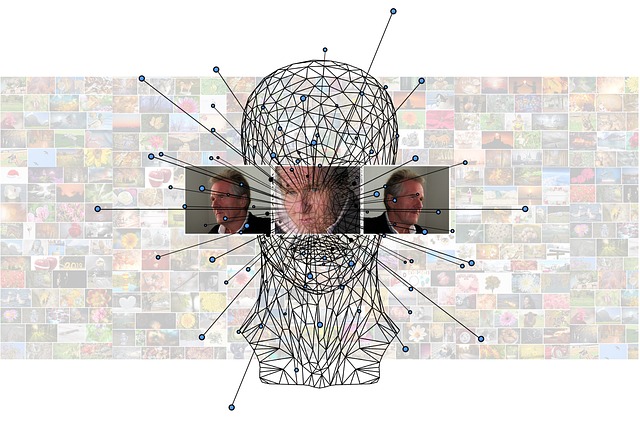Understanding the Power of Multidimensional Data Processing
In today’s data-driven world, the ability to process and analyze multidimensional data effectively has become a critical skill for professionals across various fields. Multidimensional data processing enables us to extract meaningful insights from complex datasets, providing a deep understanding of trends and patterns that would be otherwise hidden. But what does it truly mean to master these algorithms, and how can they transform the way we interpret information?
The Essence of Multidimensional Data Processing
At its core, multidimensional data processing is about manipulating data that can be viewed from multiple perspectives or dimensions. This can include anything from traditional databases to more complex data types like time series, spatial data, and even web-based information streams. For instance, imagine analyzing sales data across multiple parameters: time, product type, geographical location, and customer demographics. The ability to slice and dice this data allows us to uncover insights that are crucial for making informed decisions.
Key Algorithms in Multidimensional Data Processing
When it comes to mastering multidimensional data processing, familiarity with key algorithms is essential. Here are a few of the most important ones:
- Cubing: This algorithm allows for the consolidation and summarization of data into a format that is accessible and easy to analyze. Cubing transforms raw data into a multidimensional format, enabling users to visualize trends effectively.
- OLAP (Online Analytical Processing): OLAP tools provide the capability to perform complex queries and analyses on large data sets, facilitating quick data retrieval and exploration.
- Clustering Algorithms: These algorithms help in identifying natural groupings within the data, making it easier to detect patterns and correlations that may not be immediately apparent.
The Journey to Mastery
Mastering multidimensional data processing is more than just learning algorithms; it involves developing a mindset geared towards analytical thinking and problem-solving. As you dive deeper into this field, consider the following approaches to enhance your skills:
- Hands-on Practice: Engage with real datasets to apply your knowledge. Platforms like Kaggle offer a plethora of datasets and competitions that can sharpen your analytical abilities.
- Online Courses and Resources: Leverage online learning platforms to complete courses focused on data processing and analysis. Many resources are tailored specifically for multidimensional data concepts.
- Join a Community: Connecting with fellow data enthusiasts can provide invaluable insights and support. Participate in forums, Reddit threads, or local meetups dedicated to data science and processing.
The Impact of Multidimensional Data Processing on Decision-Making
When organizations harness the power of multidimensional data processing, they gain a significant advantage. Decision-makers can base their strategies on comprehensive, data-backed insights rather than intuition alone. The ability to visualize data from various angles allows teams to identify growth opportunities, optimize operations, and better understand customer behaviors.
As we continue to navigate an increasingly complex digital landscape, mastering multidimensional data processing algorithms is not just a technical skill—it’s a gateway to harnessing the potential of data. Embrace this journey, and unlock the full capacity of your analytical prowess!




